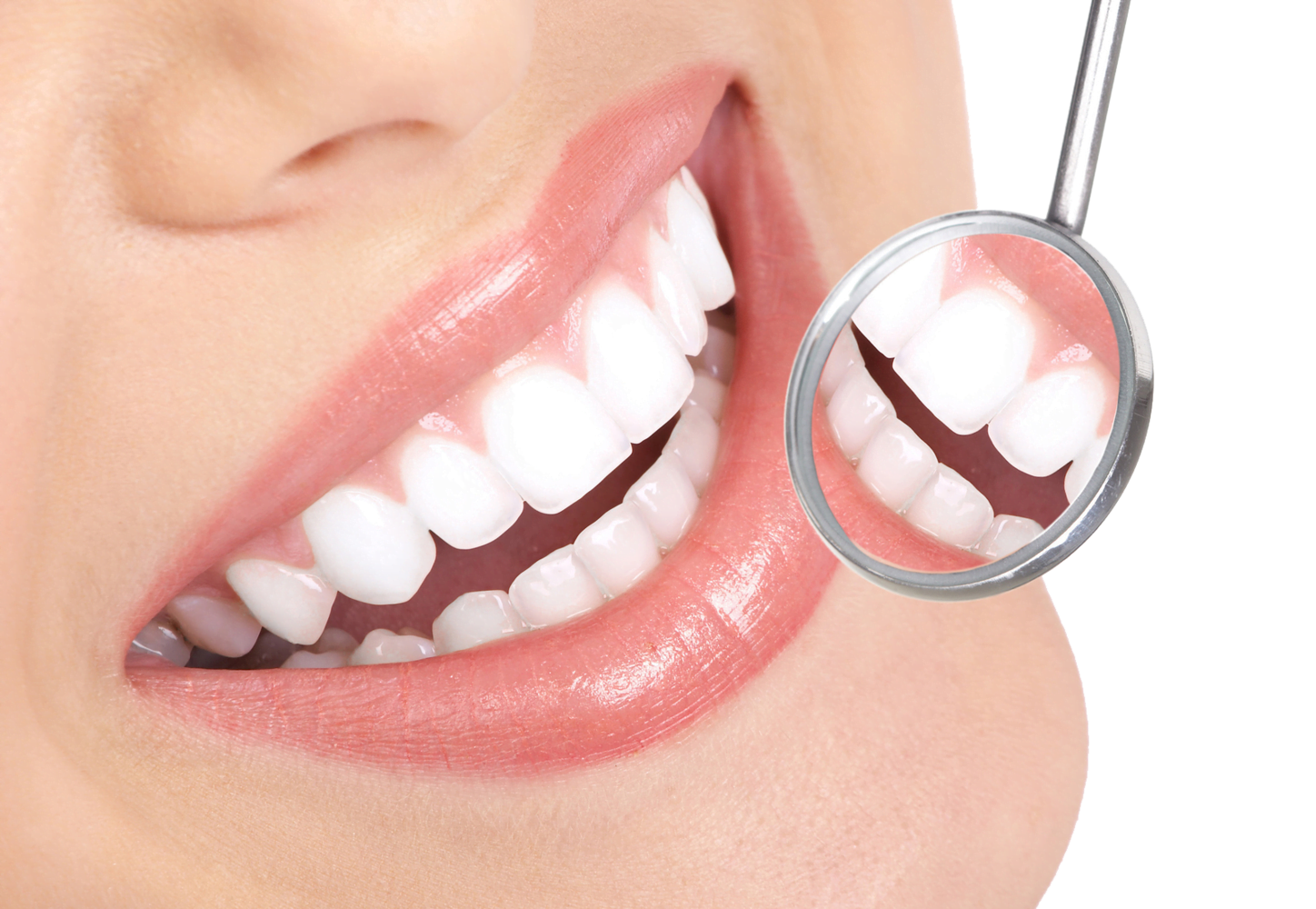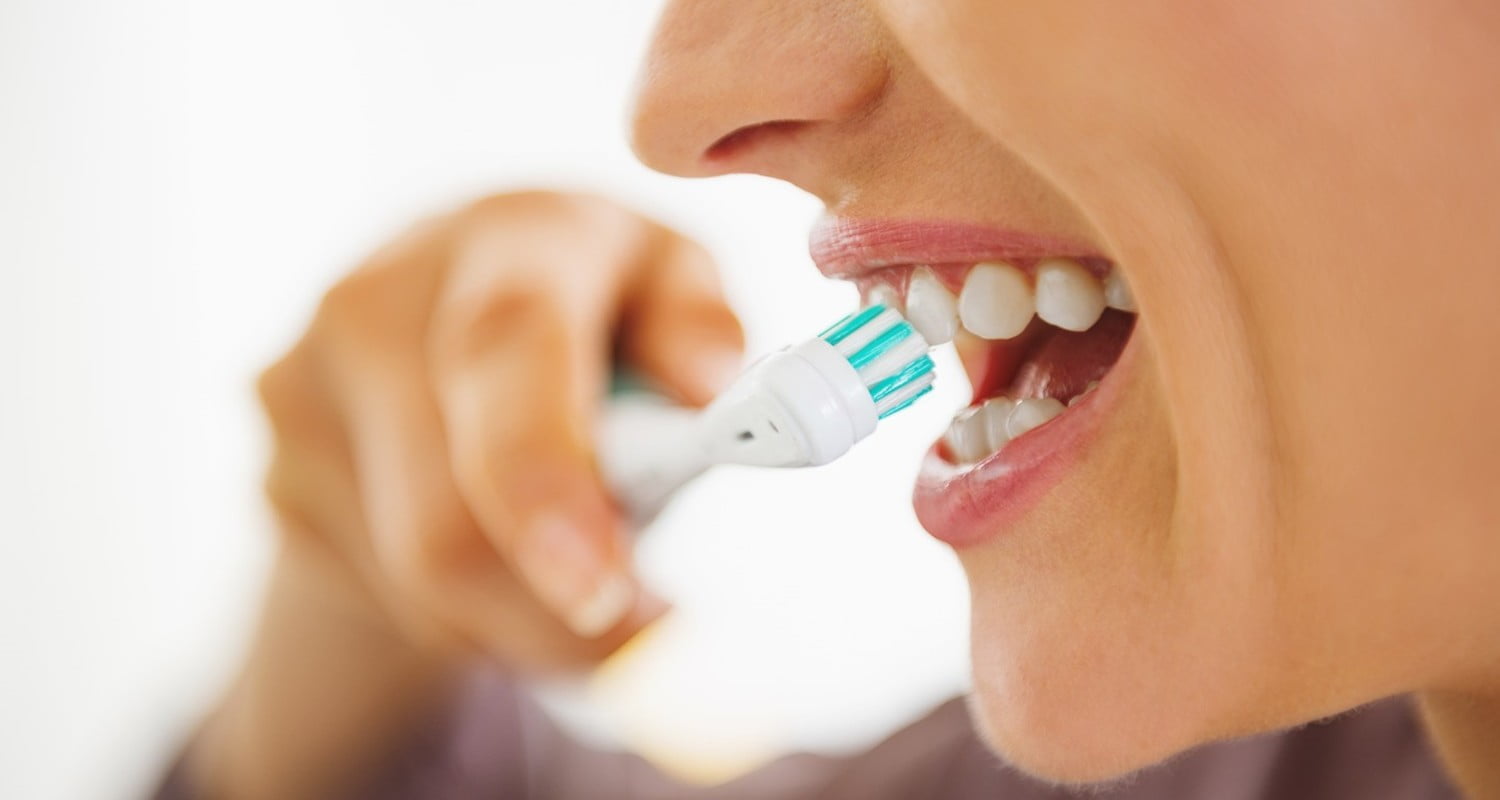Zirconium Teeth

Zirconium porcelain
In the 2000s, with the advancements in aesthetic dentistry, “zirconium”, which is highly durable and dental colored, started to be used in dentistry.
Unlike conventional metal bridges, zirconium systems use a white alloy instead of metal as an infrastructure. This state-of-the-art infrastructure is the only material that can offer aesthetics and durability together. Its greatest advantage is that it provides a full aesthetic look on the bridges in the back area with very high durability.
What are the advantages of zirconium porcelain?
It is very difficult to distinguish from natural teeth with its aesthetic structure.
They have light permeability. In metal-assisted porcelains, opaque images, which especially appear in daylight and photo flash, do not appear in zirconium porcelains.
They are anti-allergic materials.
Gum bruises often observed in gum diseases and gingival recession are not visible in the zirconium.
In metal-assisted porcelains, a gray line is formed between the porcelain starting points and the gum with the metal color gradually. No such problem is observed in the zirconium porcelain.
The thermal insulator features are very good, preventing cold and hot sensitivity.
Zirconium porcelains have approximately 900 megapascals of resistance. Thanks to these features, they are also very easily used in the teeth in the back areas.
Zirconium is quite light compared to metal-assisted prostheses.
They don't cause taste disorders in the mouth. What is the disadvantage of zirconium porcelain?
They cost higher than the conventional metal-assisted prostheses. No disadvantages are observed except for cost.
How are the zirconium teeth prepared?
Preparation of teeth is the same as classic metal-assisted porcelain, but the difference starts in laboratory procedures. The zirconium can be performed with computer-technology devices. In this method, measurements taken from the patient's mouth are scanned in the computer environment in optical readers. It is cut and shaped by the computer by using milling systems without touching the zirconium plates. The data obtained through the camera is uploaded to the computer. Then, the design (CAD) is made and the production (CAM) is started.
The zirconium is successfully used in single tooth course restoration, on 3-6 member bridges, and on over-implant crown and bridge situations.
The success of the material has been proven in medicine and industry. As a result of the studies that began in 1998, clinical practices have been adopted worldwide since the beginning of 2002. With this new application, the aesthetic concerns that occur in metal-ceramic restoration in the patient are eliminated.







